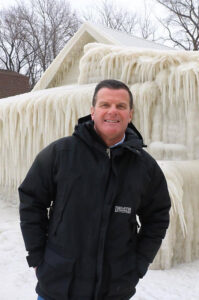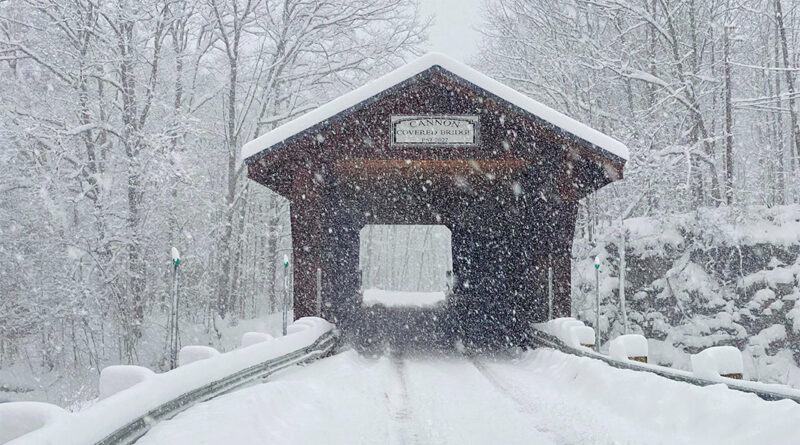Tips for Wintertime Photography
Learning from photographer John Kucko
By Deborah Jeanne Sergeant

Wintertime provides many photography opportunities for John Kucko, a former channel News 8 WROC-TV anchor in Rochester.
His 514,000-plus social media followers are a testament to the photographer and videographer’s popularity as well as his popular photography calendar, which features his photos of local vistas.
Kucko shared his best tips for wintertime photography.
Dress for the weather.
“Be prepared for the elements,” Kucko said. “Hand warmers are a must. Get crampons for your boots if you’re in an icy area. They can save you from a broken bone. Three or four years ago, I slipped on a frozen puddle covered by snow and fell. I messed up my ribs and it felt bad for three weeks. If there’s any chance of slick spots, I wear crampons. I’m 58 and you don’t want to break any bones. You have to take care of yourself.”
Prepare your equipment.
“Use a tripod in the frigid cold as your hands will shake. For stabilization, use a decent tripod. You want a tripod to keep the camera still. Protect your gear with a jacket for your camera and its lens.”
Avoid physical risks.
“I avoid things like a frozen pond. During the last few winters, you could have a stretch of frigid weather followed by warmer weather. It’s easy to break through the surface.
Try manually adjusting for lighting.
“I like shooting manually opposed to ‘landscape mode.’ You can adjust to the setting you’re presented with. Sun on snow can be blinding. With manual settings you can get a better picture.”
Try close-ups.
Traditionally, outdoor photography features a sweeping landscape. But sometimes, Kucko likes “tight, macro shots of ice. I’ve been trying to shoot more creatively with my stills and day-to-day stuff.”
Use your phone.
Don’t feel like you have to use expensive camera equipment. A smartphone is usually enough and because it’s always available, you may be able to capture unexpected photos.
“In this era and age of social media, the phone has become the go-to tool for a lot of content creators out there, and even photographers. You don’t have to be tethered down by equipment and it’s harder to protect that kind of gear with break-ins. Smartphones have three or four lenses and stabilization. The quality is really, really good. A lot of videos I send to Channel 8 are shot on my phone and I shoot 80% of my social media videos on my phone. It’s high resolution.”
Plan the shot.
“Like golfers, have a pre-shot routine. When I fly my drone, I rehearse what I want to get and estimate how long it will take to safely get those clips before I land. I plan four or five clips of 20 seconds each before I launch. The batteries and your fingers don’t do well in cold.”
The same holds true for standard photography. If you think about the angle and perspective before taking each picture, you can take much more interesting photos. Look at everything within the frame before shooting to avoid unwanted elements and glare.
Be spontaneous.
Sometimes not planning equals excellent quality photos.
“One of the best photos I ever took at Sodus Point was in the winter. I did a Facebook live broadcast. Something told me something to grab the camera because I felt that the wave would ride up and I got my greatest wave shot ever through the windshield. I constantly put wiper fluid on it to keep it clean.”

